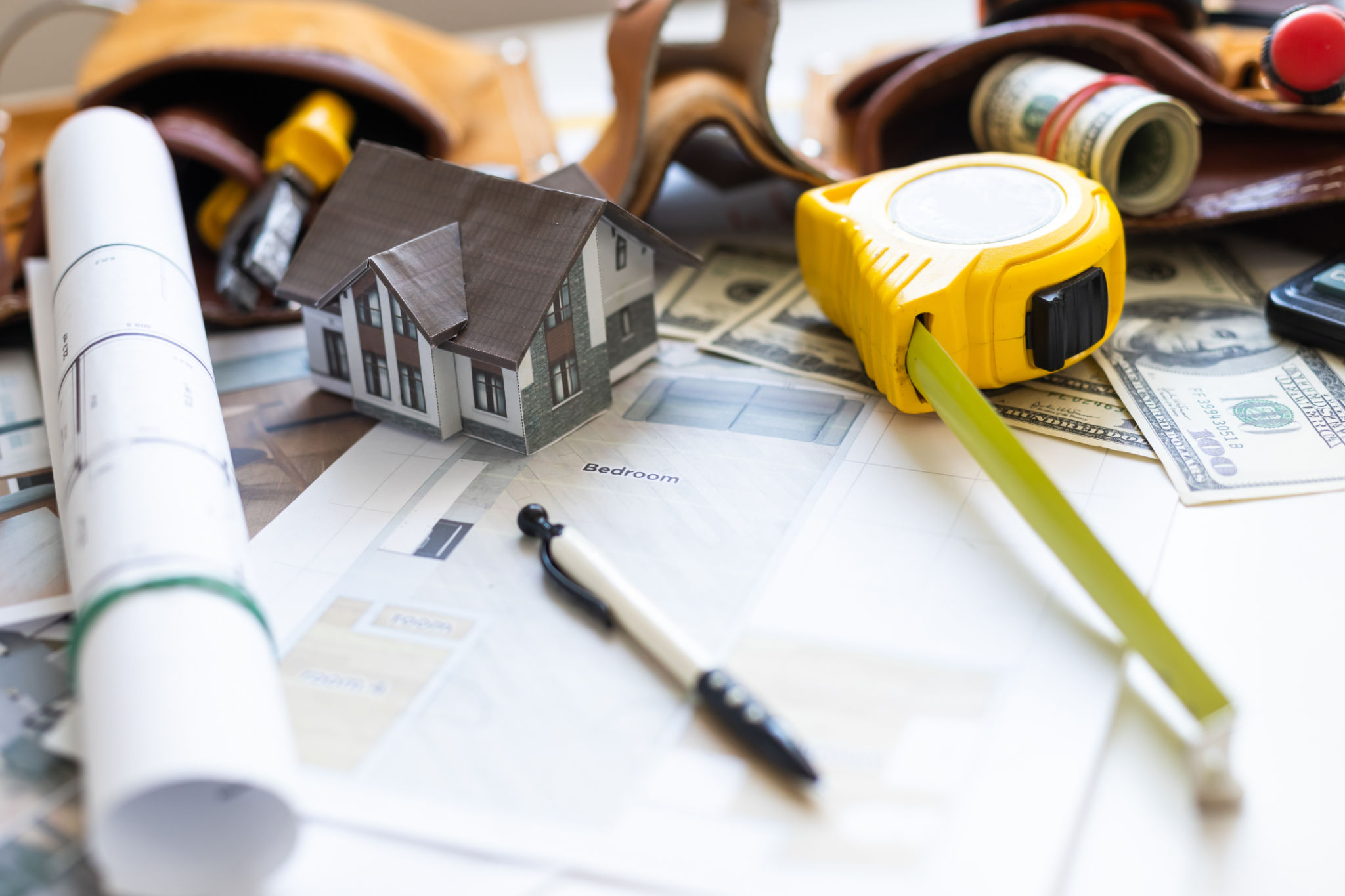Comparing Traditional vs. Smart Home Renovations
Introduction to Home Renovations
When it comes to home renovations, homeowners are often faced with the decision of choosing between traditional and smart home upgrades. Each approach has its own set of advantages and drawbacks, making it essential to understand which option aligns best with your lifestyle, budget, and long-term goals.

Understanding Traditional Home Renovations
Traditional home renovations focus on enhancing the aesthetic and functional aspects of a home using established techniques and materials. These renovations often involve upgrading structures like kitchens, bathrooms, and living spaces with new fixtures, flooring, and cabinetry. The emphasis is on craftsmanship and durability, as well as maintaining or enhancing the home's existing style.
One of the key benefits of traditional renovations is their timeless appeal. By using classic materials such as wood, stone, and tile, homeowners can create spaces that remain stylish for years to come. However, these projects can be time-consuming and costly, requiring skilled labor and a significant investment in materials.
The Rise of Smart Home Renovations
In contrast, smart home renovations incorporate advanced technology to enhance convenience, security, and energy efficiency. These upgrades often include smart thermostats, automated lighting systems, and integrated security features, all controllable through smartphones or voice-activated devices. The goal is to create a connected home environment that simplifies everyday tasks.

Smart renovations offer a modern edge and a high-tech feel that appeals to many tech-savvy homeowners. They can also potentially increase a home's resale value by making it more attractive to prospective buyers seeking innovative features. However, it's important to consider the learning curve and potential technical issues that can arise with smart systems.
Cost Considerations
When comparing costs, traditional renovations can involve higher upfront expenses due to material and labor costs. Smart home upgrades might have lower initial costs but require ongoing expenses for system updates and maintenance. It's crucial to weigh these factors against the long-term benefits each type of renovation provides.

Energy Efficiency and Sustainability
Smart home renovations often excel in energy efficiency by optimizing heating, cooling, and lighting systems. These technologies help reduce energy consumption and lower utility bills, promoting a more sustainable lifestyle. Traditional renovations can also incorporate sustainable practices by using eco-friendly materials and methods.
Both approaches offer opportunities to create an environmentally conscious home. The key is selecting upgrades that align with your sustainability goals while balancing functionality and design.
Personalization and Aesthetic Appeal
Traditional renovations allow for a high degree of personalization, letting homeowners express their unique style through custom designs and finishes. These projects often result in warm, inviting spaces that reflect personal taste.
Smart upgrades, on the other hand, focus more on functionality than aesthetics. However, many smart devices come in sleek designs that can complement modern interiors. Combining both approaches can yield a home that is both stylish and technologically advanced.
Conclusion
Choosing between traditional and smart home renovations depends largely on individual preferences, budget constraints, and long-term goals. While traditional upgrades offer timeless elegance and craftsmanship, smart renovations provide convenience and efficiency with a modern twist. By carefully evaluating the pros and cons of each approach, homeowners can make informed decisions that enhance their living spaces for years to come.